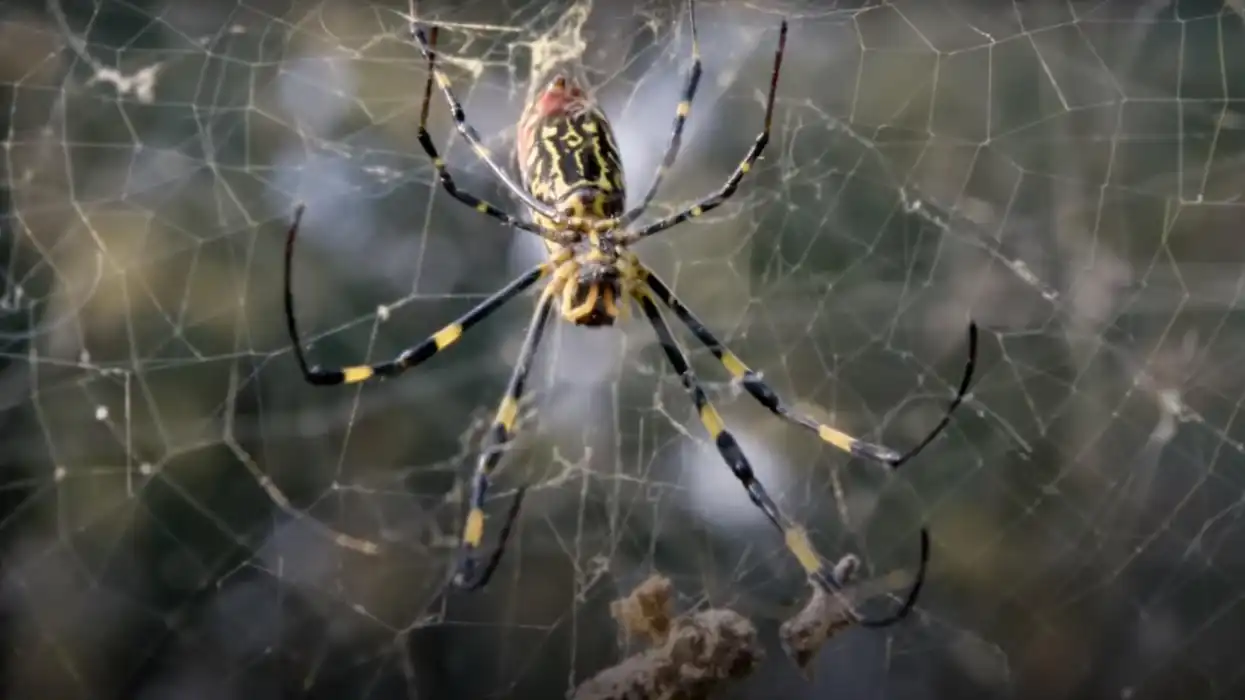
Image source: YouTube screenshot

According to experts, the Joro — a 3-inch invasive spider species from Japan — will likely soon blanket the entire east coast of the United States.
Joros were originally spotted in the United States in Georgia, and it is unknown how the species first made its way here; however, most experts guess that it likely arrived stowed away inside a shipping container. The spider is much larger than the average spider, commonly reaching up to 3 inches in diameter, and can float around in the air using a parachute made from its webbing material.
The species has largely been contained to the southeastern portion of the United States since its arrival; however, researchers now believe that the spider is much more resistant to cold temperatures than previously believed, and thus find it likely that the spider will soon proliferate at least throughout the eastern seaboard, given the lack of natural predators here in the states and the ease with which the spider travels.
However, while the size and parachuting behavior may be alarming to arachnophobes, scientists say that, like most spiders, the Joro is almost completely harmless to humans and will help to control the population of biting insects.
"Its fangs are so small relative to most human skin that it probably won’t be able to get its fangs into you even if it wanted to," said Benjamin Frick, one of the co-authors of a recent study on Joros. Additionally, Joros generally seek to evade contact with humans and do not exhibit aggressive behavior towards them. Although Frick noted that the spiders are technically venomous, their venom is extremely mild and a bite would likely hurt "less than a wasp sting" in the unlikely event that you end up being bitten by one.
Despite their alarming appearance, Joros appear to not have any harmful effects on the foliage or wildlife here in the United States, and researchers advise people to get used to the sight of them. "People should try to learn to live with them," said Andy Davis, one of the study's other co-authors. "If they're literally in your way, I can see taking a web down and moving them to the side, but they're just going to be back next year."
As noted in this video from the University of Georgia, the Joro spider is likely here to stay:
The Joro spider is here to staywww.youtube.com
Leon Wolf
Former Managing Editor, News